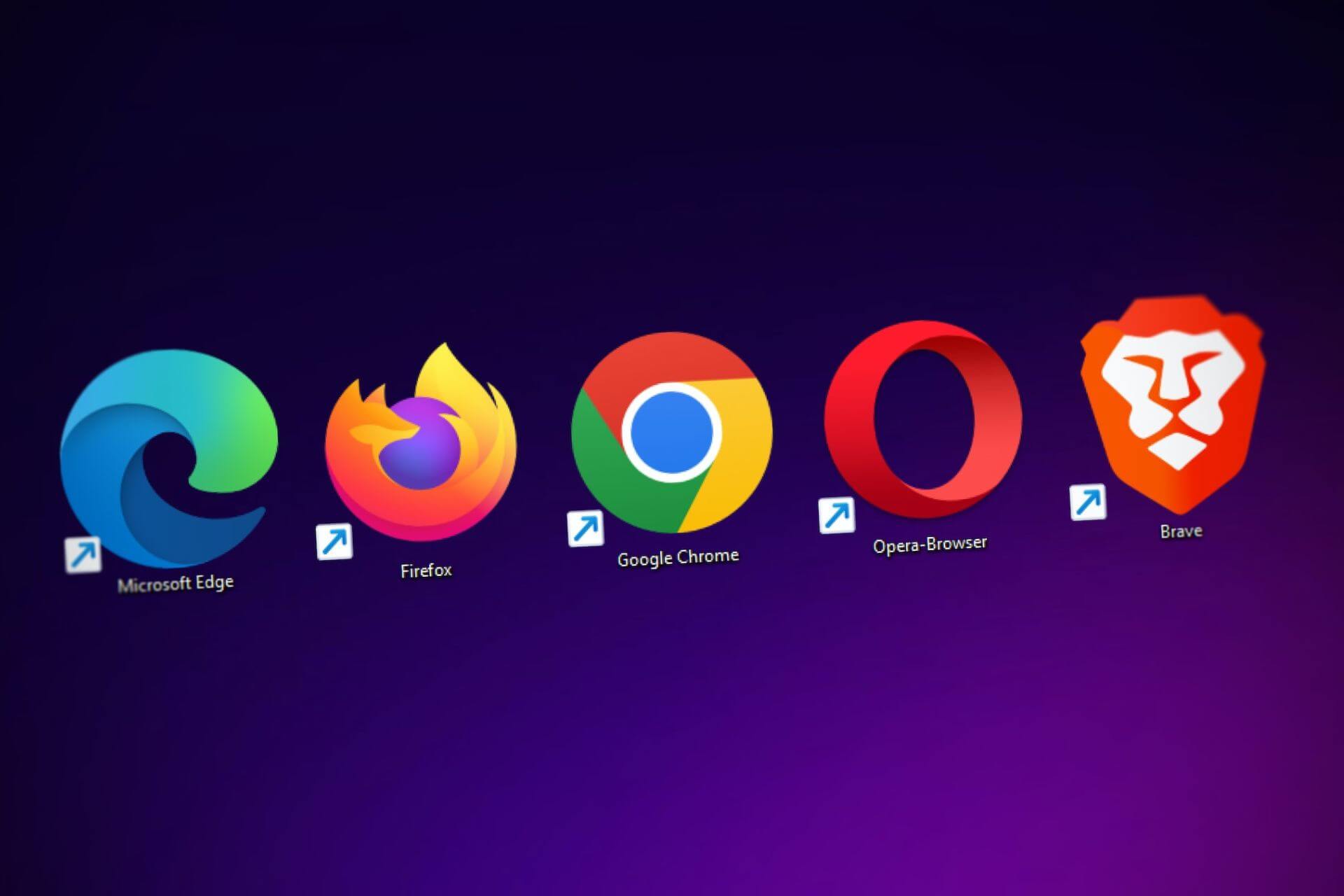What is Virtual Therapy?
August 22, 2019 - Emily Newton
Revolutionized is reader-supported. When you buy through links on our site, we may earn an affiliate commision. Learn more here.
Virtual reality or VR has long belonged to the gaming industry, creating immersive environments for players to battle fantastic creatures or explore alien worlds. Recent advancements have made this technology affordable enough to bring home. Now players can plug into their personal computers and leave the world behind in the comfort of their living rooms. VR is also making an appearance in a number of different industries, including mental health treatment. Will virtual therapy become a new tool for psychologists and therapists? How can mental health professionals use VR to treat patients?
Changing Mental Health Diagnoses
One of the most significant problems with diagnosing mental illness is that a patient’s symptoms aren’t always consistent. This means medical professionals are often relying on the word of their patients, making their diagnosis extremely subjective. When you only see a patient for an hour every two weeks, it makes it difficult to observe the symptoms for yourself. Anywhere from 35-85% of mental illnesses are undiagnosed because of this, according to the World Health Organization (WHO). Virtual therapy might shrink those alarming statistics.
Using VR, therapists can expose patients to realistic simulations that can trigger symptoms consistently. This makes it easier for the professional to observe the patient in real-time rather than relying on the patient’s word.
This technology hasn’t been tested extensively, meaning it’s not currently being used for mental health diagnosis. In the future, if it proves useful, psychologists and psychiatrists may find themselves reaching for a VR helmet instead of an intake form to help them diagnose new patients and treat existing ones.
Treating PTSD and Phobias Virtually
Using virtual therapy isn’t a new concept. VR has been a valuable tool for treating patients with PTSD and phobias since the late 1990s. In the hands of a skilled professional, a VR headset becomes a form of virtual immersion therapy, exposing patients to their triggers in a safe and controlled environment.
This could also be a useful tool for patients who suffer from OCD and various panic disorders — anything that has a trigger that can be duplicated virtually. A patient is hooked into a VR headset as well as various sensors to monitor their vital signs. Once the simulation starts, the therapist can monitor the patient’s mental and physical responses to the situation. Constant exposure to triggers, known as immersion or exposure therapy, can help a patient learn to manage and even overcome them, given enough time and enough virtual therapy sessions.
Each virtual environment is customized to the needs of the patient. If they’re afraid of heights, for instance, the simulation will show them at a variety of different elevations. If they suffer from arachniphobia, the program will generate virtual spiders. For soldiers with PTSD, the system might generate images of combat or other things that might trigger their symptoms, in small doses. Exposure therapy works by helping the patient retrain their brain, so their previous triggers don’t affect them anymore.
China Leads in Virtual Therapy
China is in the midst of a mental health crisis. It’s estimated that 90% of people in China with a mental illness have never sought treatment. While part of the problem is cultural, the country simply doesn’t have enough psychiatrists to handle its population. In China, the concentration of mental health professionals is four times lower than the rest of the world, leaving psychiatrists to treat more than 100 patients a day. Additionally, 90% of those who need help do not seek it.
While VR isn’t a replacement for a visit with a psychiatrist, in China it could help fill in some of the gaps — both for caregiver shortages and mental health stigma — allowing patients to get the help they need. There’s no stigma surrounding virtual reality, so people would be able to seek out treatment without worrying about friends or family looking down on them.
China is also the perfect place for virtual therapy like this to take off, with more than 100 AI firms that focus on medical technology, including five that have launched mental health programs. China has the tools to create a massive virtual reality infrastructure to support virtual therapy. Someone just needs to take that first step.
Is VR Disrupting Mental Health Treatment?
Is virtual reality disrupting mental health treatment? Not as much as it should be, at least not yet. The potential is there, especially when you look at how successfully therapists have been using VR and virtual environments to treat PTSD and phobias since the late 1990s. The potential and the technology are there. Personal VR systems are more affordable and easier to use than ever before.
The only thing stopping the widespread use of virtual therapy is a lack of science to support it. There just isn’t enough science for the majority of the mental health community to accept virtual reality as a viable treatment or diagnostic option for mental health.
Revolutionized is reader-supported. When you buy through links on our site, we may earn an affiliate commision. Learn more here.
Author
Emily Newton
Emily Newton is a technology and industrial journalist and the Editor in Chief of Revolutionized. She manages the sites publishing schedule, SEO optimization and content strategy. Emily enjoys writing and researching articles about how technology is changing every industry. When she isn't working, Emily enjoys playing video games or curling up with a good book.




